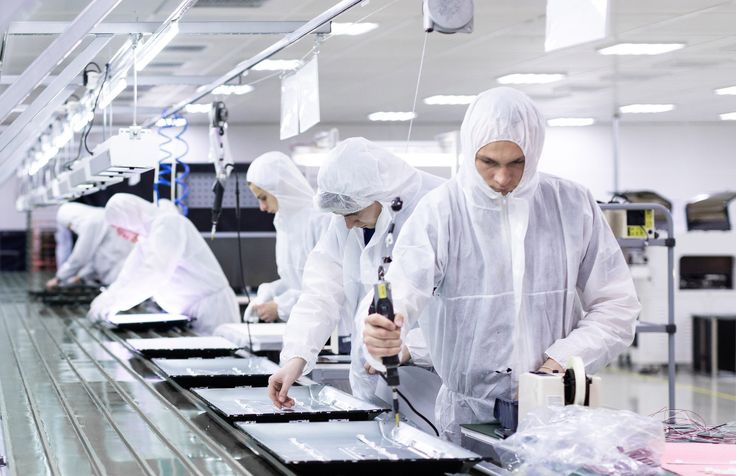1.The Core Role of Pressure Relief Dampers in Pressure Differential Control
In fields such as precision manufacturing and biomedicine, the environmental control in cleanrooms—particularly the precise regulation of pressure differentials achieved through Pressure Relief Dampers—directly determines product quality and production safety.
Pressure differential control, as a core aspect of cleanroom environmental management, is not only critical for airflow organization and pollutant prevention but also essential for the stable operation of the entire facility.
Appropriate pressure differential settings must be determined comprehensively based on cleanliness classifications, functional zoning, and specific process requirements. The fundamental objective is to maintain directional airflow and effectively prevent cross-contamination.
The following table outlines common appropriate pressure differential ranges in cleanroom environments. Pressure Relief Dampers play a critical role in these scenarios:
| Pressure Differential Scenario |
|---|
Pressure Requirement
Clean Area vs Non-Clean Area
+5 Pa ~ +10 Pa
High-Class vs Low-Class Clean Area
+5 Pa ~ +10 Pa
Clean Area vs Outdoor Environment
+10 Pa ~ +15 Pa
Pollutant-Generating Area vs Adjacent Zone
-5 Pa ~ -10 Pa
A positive pressure of 5-10 Pa must be maintained between clean and non-clean areas to prevent the infiltration of external unpurified air. Similarly, a positive pressure gradient of 5-10 Pa should be maintained between areas of different cleanliness classes—for example, a Class 100 clean zone relative to a Class 10,000 zone—to ensure airflow moves from higher-classification to lower-classification areas. Additionally, a positive pressure of 10-15 Pa is generally recommended between clean areas and the outdoor environment to strengthen the barrier against external pollutants.
2. System Integration and Maintenance Strategies for Pressure Relief Dampers
Therefore, achieving precise and stable pressure differential control is crucial. Modern cleanrooms typically accomplish this through the integrated operation of pressure relief dampers, variable-frequency fans, and automated control systems, which monitor and dynamically adjust pressure conditions in various zones in real time. Among these components, pressure relief dampers act as “pressure-regulating guardians” in the system. They automatically discharge excess gas when pressure exceeds the set threshold, maintaining the differential within the specified range. Regular calibration and maintenance of equipment such as pressure relief dampers are essential measures to ensure ongoing compliance with standards.
With over a decade of deep industry expertise, Baihong Purification has always prioritized quality, establishing stringent enterprise standards and a robust service system. We are committed to providing reliable pressure differential control solutions—including high-performance pressure relief dampers and integrated control systems—to help customers ensure smooth production processes while improving product yield and stability. By enabling low-consumption and high-efficiency operation, we ultimately support sustainable cost control and quality enhancement.


